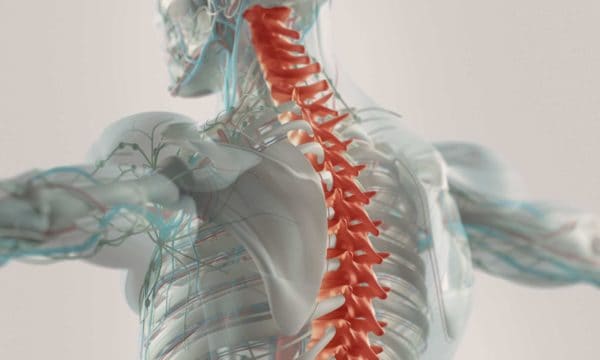Cycle Whiplash Recovery
Have you or your cycling mates ever experienced a cycle whiplash?
Recovering from a cycling accident can take months. The recovery time depends on the type of injury, age and any past accidents that you may have had. If you fall off your bike and fracture a rib, it can take up to 12 weeks to heal. This doesn’t take into consideration how you fell and if your fall involved a major whiplash to the neck on impact, especially if the helmet was broken. I find that cyclists can get the all clear from anything serious and after a few weeks of rest go back to training for their ironman or triathlon even, only to find they can’t sit comfortably on their bike or get back to their old training program.
When there is major whiplash to the neck from a cycle accident, the muscles can strain and spasm to protect the neck. These symptoms can arise from a lack of alignment due to the injuries sustained. Symptoms can include and are not limited to the following:
- Headaches
- Shoulder pain
- Muscle spasms
- Difficulty sleeping
- Difficulty concentrating at work
- Numbness in the arm or hands
Instead of expecting the pain to disappear, it is important to have your posture, spine and muscles checked to see if it is out of alignment. After all, isn’t your body worth more than your bike?
At Kurilpa Chiropractic & Sports Massage, we take a thorough history of the mechanism of your injury and any contributing factors that may be causing the pain and discomfort. It may be necessary to send out for scans or x-rays prior to treatment, including any reports from other health professionals.
It can take up to 3 months of regular chiropractic, sports massage and trigger point therapy to ease the body back into repair and re-alignment.
Some things recommended to cyclists to support the treatment are:
- Placing heat packs or a wheatbag around the shoulders and neck to relax the muscles.
- Having a warm bath with Epsom salts 3 times a week.
- Performing your own trigger point release on the neck.
- Making sure your work desk and chair are ergonomically correct.
- Gentle motion of the neck to include flexion and extension, rotation and lateral flexion without causing any pain.
- Taking regular breaks every hour at the desk.
Yours in health
Dr. Adele Lorigan (Chiropractor)




